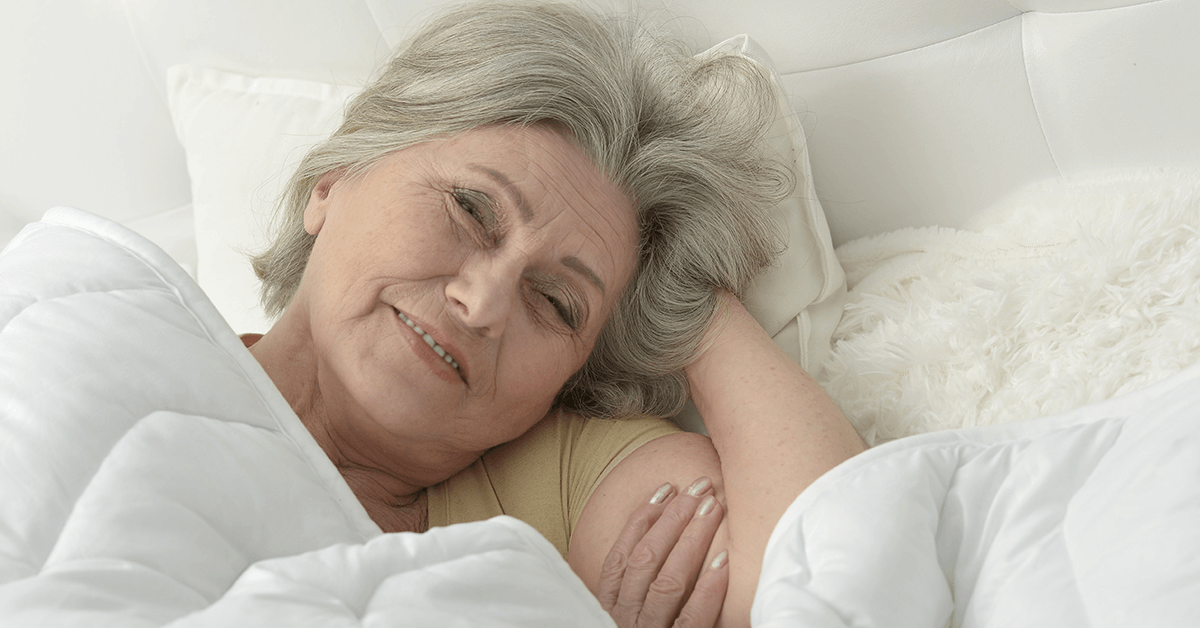
Medically reviewed by
Dacelin St Martin, MD
Triple board-certified in Sleep Medicine,
Internal Medicine, and Pediatrics.
Boomers | Gen X | Millennials | Gen Z | Why Sleep is Important | Awareness is key | Sleep Hygiene
Overview
Overall, sleep trends are heading in the wrong direction across most US demographics. Sleep quality has been on a downward trajectory for years, with fewer people reporting sufficient quality sleep today than ever before.
In one study, researchers collected sleep data from 165,000 individuals from 2013 to 2017. Adults who reported difficulty falling asleep at least once a week increased by 1.43 percent, while those who reported trouble staying asleep at least once a week increased by 2.70 percent.[1]
Although these percentages may seem small, they translate to about 5 million more Americans experiencing sleep difficulties.[1]
All age groups across the board have increasing levels of sleep deprivation, but the causes can differ significantly depending on age.
Boomers (1946-1964)
As this group ages, they may find that basic processes, like sleep, have become a lot more complicated.
It can become tougher to fall asleep or stay asleep, and the consequences of this can impact daily life.
Certain sleep disorders can also start to arise as people age. Sleep apnea, for example, is often associated with a larger neck circumference due to obesity; while, loss of muscle (an unfortunate side effect of aging) can also interfere with airflow, contributing to the development of this condition.
Other conditions that can make an older person prone to sleep problems are restless legs syndrome, general insomnia, and age-related conditions that cause pain, such as osteoarthritis.
Gen X (1965-1980)
People in this generation may be called the “stressed generation” due to their heightened anxiety levels.
This demographic precariously balances responsibilities involving careers, raising children, and taking care of elderly parents, leading to stress-related sleeping disorders.
Women of this generation are also prone to hormonal changes due to menopause, leading to sleep disturbances, like insomnia and obstructive sleep apnea.
Millennials (1981-1996)
Millennials have faced many stressful factors that contribute to poor sleep quality.
Significant events such as the 2008 recession have had a long-lasting impact on individuals coming of age at that time, giving way to some challenging circumstances, both physically and emotionally.
Financial and career challenges abound with fewer available jobs, trouble paying off student loans, and a decreased ability to save money or purchase a home.
Long hours spent working have impacted the ability of millennials to plan, shop for, and prepare healthy meals or find time to exercise. These factors further contribute to poor sleep.
As the first generation that is ‘always connected,’ millennials spend more time on their smartphones than other generations.
Although being connected has had many general benefits, the spillover effect into bedtime (scrolling through social media, handling late-night work matters, exposure to blue light emitted by smartphones) has meant poorer quality shuteye.
Gen Z (1997-2012)
The recommended amount of sleep for adolescents and young adults is nine hours per night. However, a recent study found that teens gradually lose sleep every year, losing about 90 minutes of sleep each school night from ages 11-12 to about 17-18.[2]
The circadian rhythm is the biological process that regulates the sleep-wake cycle. Biological changes in adolescents can cause delays in circadian rhythm timing, causing them to shift toward later bedtimes. This shift, combined with early school schedules, can set the stage for problems.
Heavy cellphone use, academic pressures, over-scheduling of extracurricular and social activities, and higher rates of bullying all contribute to sleep deprivation in this age group.
Why Sleep is Important
Sleep is a profoundly important part of optimal human health, and there is no part of physiological functioning that doesn’t reap the benefits of good sleep.
On the other hand, the pattern of decreasing sleep quality over time becomes more alarming when one considers the adverse effects of sleep deprivation:
- Increased risk for depression and other mental illness
- Increased risk for cardiovascular illness
- Impaired judgment, increasing the risk of accidents
- Sleep disorders like insomnia, hypersomnia, circadian rhythm disorders, and sleep apnea
- Hallucinations
- Intense mood swings
- Increased risk of type 2 diabetes
- Increased levels of stress hormones
- Increased inflammation
- Anxiety
- Weight gain
- Lower pain tolerance
Awareness is Key
Although each generation faces sleep-related challenges unique to them, the problems that can arise are similar.
It is essential to mention that if one experiences any of the following symptoms regularly, there is potential for a sleep disorder:
- Trouble falling asleep even if tired
- Difficulty getting back to sleep when awakened
- Feeling unrefreshed after a night’s sleep
- Feeling sleepy or even irritable during the day
- Difficulty staying awake while sitting still or driving
- Difficulty concentrating
- Use of sleeping pills or alcohol to sleep
- Trouble controlling emotions
The above symptoms are sufficient to warrant a consultation with your doctor.
Much like the problems that can arise from poor sleep, the methods for better sleep hygiene are applicable across all generations. Here are some lifestyle tips that can improve sleep:
- A consistent sleep schedule can improve sleep quality over the long run
- Avoid napping – especially naps lasting longer than 1 hour and late in the day
- Avoid consuming caffeine after lunch
- Avoid alcohol in the evening as it can help you fall asleep faster, but withdrawals can disrupt sleep
- Avoid smoking or vaping near bedtime and at night, as nicotine is a stimulant
- Physical exercise can improve sleep but try to avoid aerobic exercise at least 2 hours before bedtime
- Keep the sleep environment quiet and dark: Noise and light exposure during the night interferes with sleep, including the blue light emitted from cell phones
- Avoid checking the time at night, as this can increase anxiety
- Avoid large or spicy meals close to bedtime as they can lead to indigestion
Conclusion
The overall negative trend in sleep quality may represent a deceptively small shift when broken down into percentages, but it is a significant and growing concern.
The unique challenges that current generations face have contributed to this trajectory.
Although they each deserve attention, the good news is that everyone can improve sleep and overall health.
By making minor adjustments in sleep habits, better sleep, and better health can be realized, shifting the trajectory of sleep trends. If quality sleep continues to elude you, it’s time to speak to your doctor.
References:
- ScienceDaily. (2019, November 12). More Americans struggle to fall asleep, stay asleep. ScienceDaily. Retrieved November 24, 2021, from https://www.sciencedaily.com/releases/2019/11/191112122625.htm
- Tarokh, L., Raffray, T., Van Reen, E., & Carskadon, M. A. (2010). Physiology of normal sleep in adolescents. Adolescent medicine: state of the art reviews, 21(3), 401–vii.



